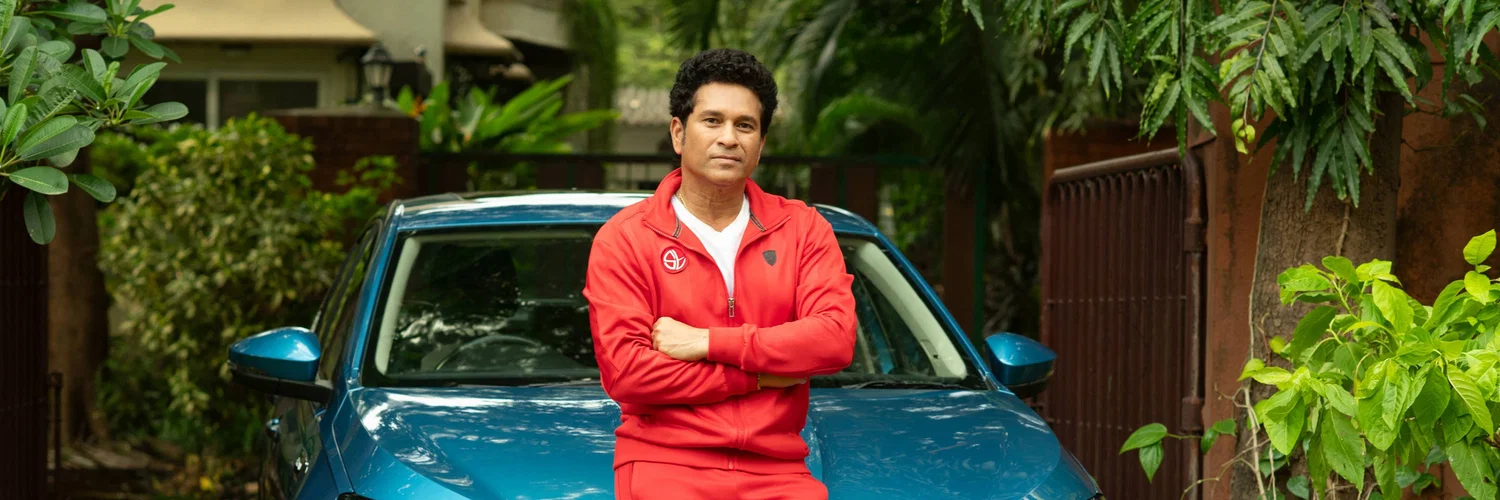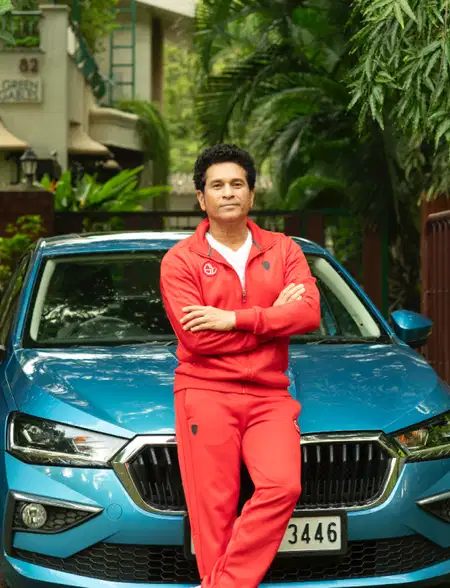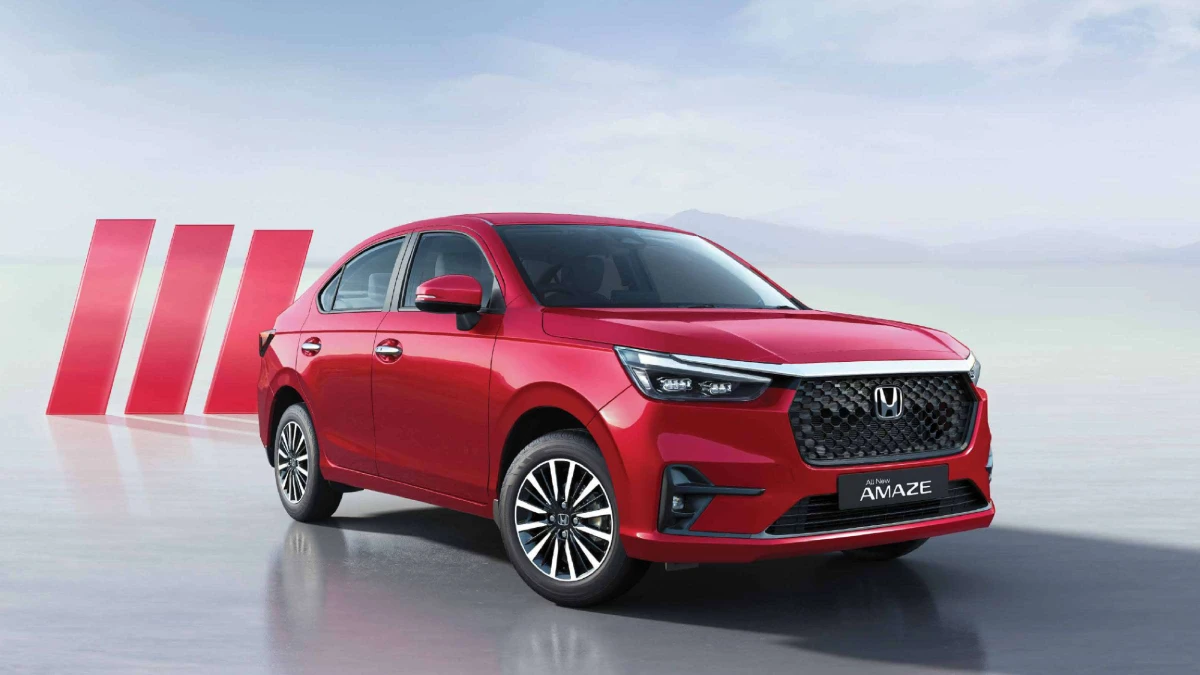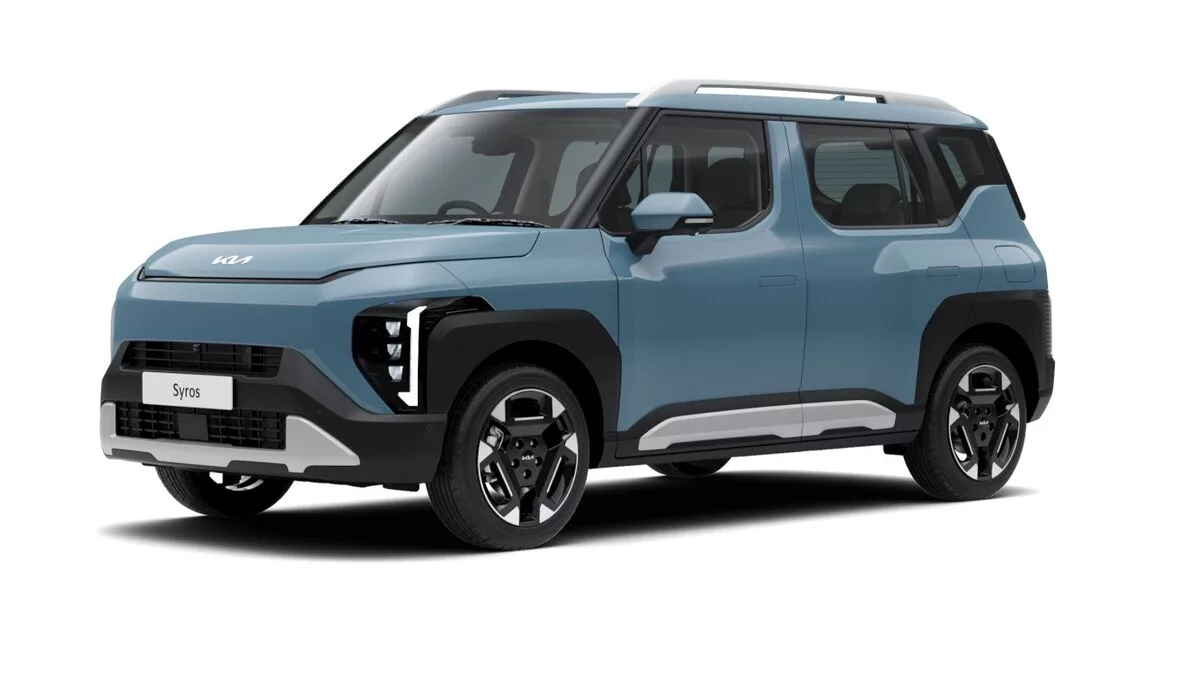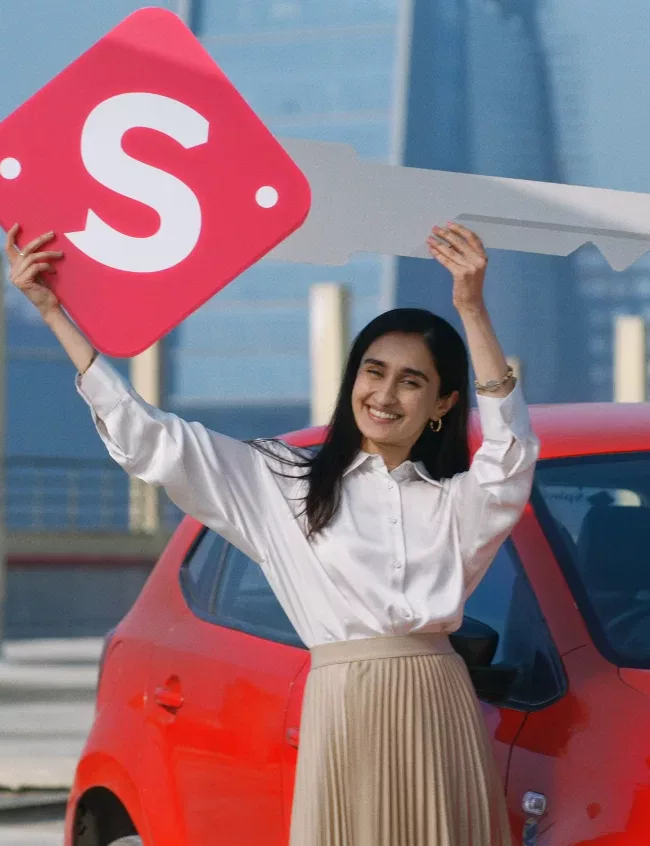Tata has taken over the festive season headlines. After the unveil and launch of the Tata Nexon and Nexon EV facelifts, Tata Motors has now turned their gaze towards their flagship SUVs. Continuing with the new design that was debuted with the Curvv concept and was also featured on the Nexon facelift, the Harrier and Safari also feature a new design, feature additions, and a redesigned interior.
Here’s everything you need to know about the Tata Harrier facelift and Tata Safari facelift.
New Exterior Changes: Lights, Grilles, More Machismo

The Harrier and Safari have both established themselves as macho SUVs with a commanding road presence. These cars were designed to grab attention and the pre-facelift models achieved this with ease. The facelifted Harrier and Safari evolve the macho character even further, with a front and rear design that is cleaner wile still retaining the muscular curves both SUVs flaunted.

There is more differentiation in the design between the Harrier and the Safari in the facelift models. While both Tata SUVs feature a light bar on the front along with a redesigned front grille, the headlight clusters have significant differences to give each of the two SUVs their own identity. The Harrier features a triangular headlight cluster while the Safari features a more square look. The Safari also features a larger upper grille than the Harrier. Nonetheless, both SUVs have been given a modern touch to their macho looks, which will be essential to take the fight to the XUV700. Both SUVs also feature a connected light bar on the tail lights as well as new alloy wheel designs.
New Interior Redesign: Clean, Modern, Digital

The Harrier and Safari were well-regarded for their spacious interiors and ergonomic dashboard layout. Tata has evolved this further, taking a leaf out of Hyundai’s play book. Like the Nexon, the Harrier and Safari now feature a digital driver’s display and a clean steering wheel that features Tata’s illuminated logo and digital buttons. The dashboard now features ambient lighting as well as a digital control panel for the dual zone climate control and other functions.

Lower down, the Harrier an Safari now feature a redesigned gear selector as well as a digital mode selector dial. The interior space on the Harrier and Safari remains spacious as ever with updated front and rear seat for more comfort. Apart from the dual zone climate control, both cars now also feature powered front seat adjustment, cooled front armrest storage, and ventilated seats. While the Harrier gets ventilated seats only in the front row, the Safari gets front and second row ventilated seats, which is unique in this segment and was available on the pre-facelift model as well.
New Feature Additions: Future-Ready to Compete

A facelift also means feature additions and both the Harrier and Safari have received a range of features to make them ready to compete with new rivals. The most obvious update is the larger 12-inch touchscreen infotainment system and the 10-inch digital instrument cluster. Complimenting the new infotainment system are the 10 JBL-tuned speakers. While still lower than the Mahindra flagship, the update will be welcomed by audio enthusiasts on their long drives. Another addition is seven airbags on the top variants while six airbags are now standard on all variants. You still get the ADAS safety suite, panoramic sunroof, and 360-degree camera from the pre-facelift models, making the new Tata duo very enticing cars to consider during the festive season.
Harrier & Safari Powertrains
One area where a significant revamp has not happened is the powertrain options. While the powerful 2.0-litre diesel powertrain makes a return, the much rumoured petrol engine still remains missing from the lineup. The diesel engine is offered with a 6-speed manual or a 6-speed torque converter automatic, and should perform very similarly to the later pre-facelift models.
Summary
While the Tata Harrier and Safari have been popular cars since launch, it can’t be denied that they have fallen behind the Mahindra’s XUV700 and Scorpio. The more modern design, updated interiors, and feature additions is expected to give the Harrier and Safari the boost they need to get ahead of the Mahindra duo while also being prepared to compete with the more affordable Jeep Compass models in the festive period as well as in the coming year.

